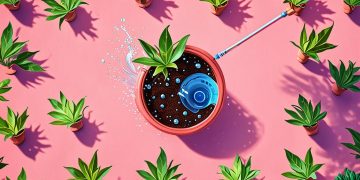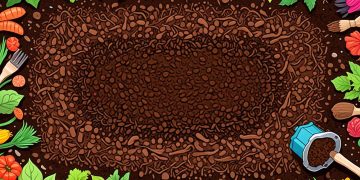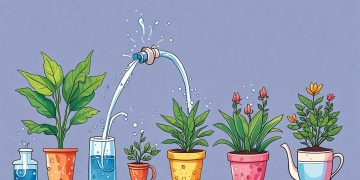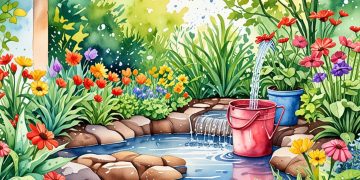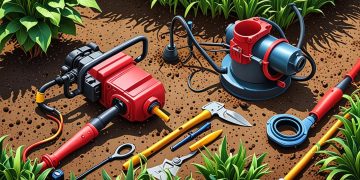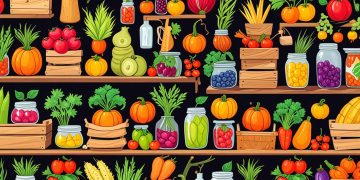After a fruitful harvest, efficiently storing and preserving your bounty is essential to prevent waste and enhance flavor. Discover key techniques like temperature control, humidity management, canning, freezing, and dehydrating to maximize produce longevity. Tailoring your preservation methods to specific fruits and vegetables ensures a flavorful, sustainable supply year-round.
